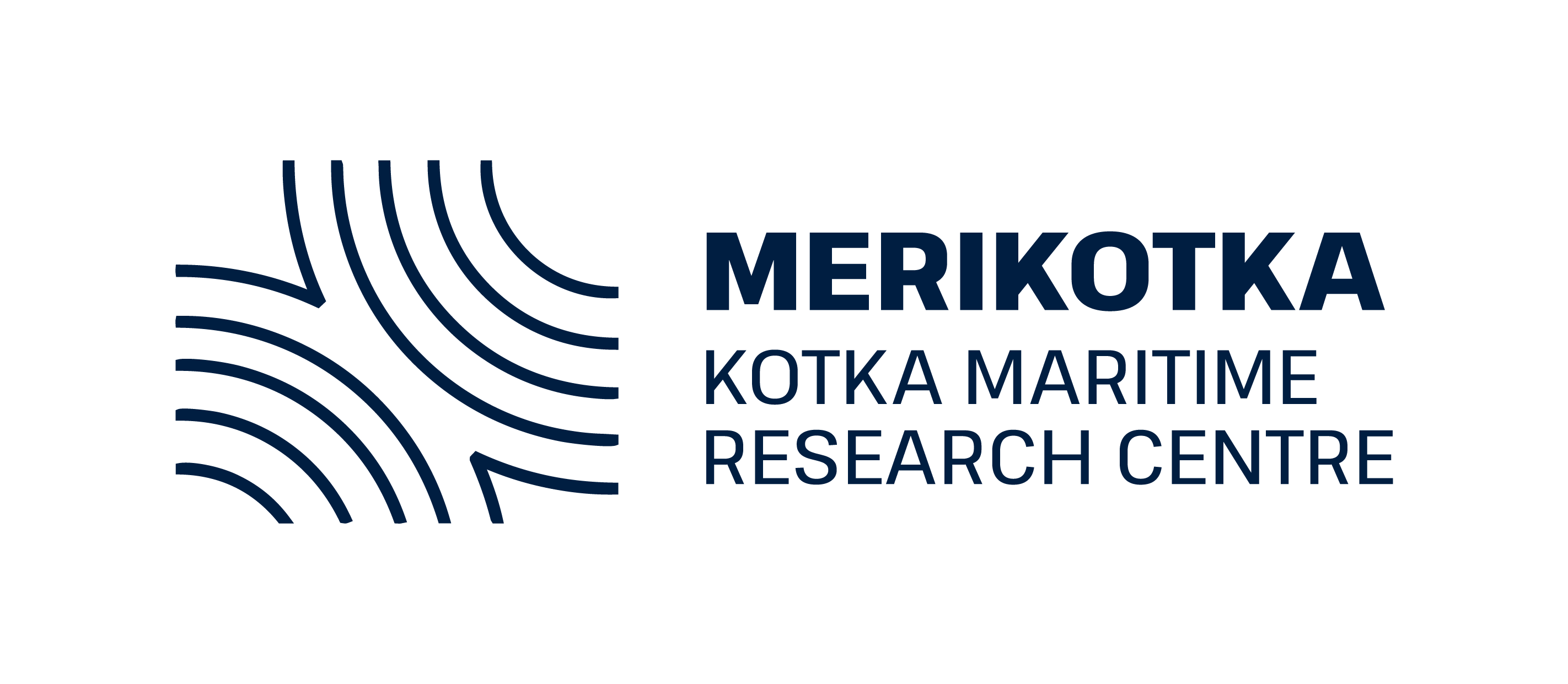The examination of MSc Emilia Luoma’s doctoral thesis in environmental sciences was organized at the University of Helsinki on October 28, 2022. Professor Nina Tynkkynen from Åbo Akademi’s Faculty of Social Sciences, Business and Economics acted as the opponent. The research behind the dissertation has been conducted as part of the projects 30MILES and COMPLETE, led by Kotka Maritime Research Centre (Merikotka). Merikotka’s research director, Associate Professor (Docent) Annukka Lehikoinen was the main supervisor of Luoma’s work.
The thesis, “Developing sustainability through systems thinking – Perspectives to maritime traffic” consists of four scientific articles and a summary section. The entity aims to increase the systemic understanding related to sustainability and sustainable development by applying causal network modeling methods. The case study topics through which the subject is approached in the articles are the management of the biofouling on ships and the sustainable development of marinas. In the summary section Luoma concludes on how causal network modeling methods can help identify factors and measures that prevent or promote sustainability and sustainable development.
“Based on the results, I would say that both qualitative and numerical causal network models support the conceptualization and structuring of sustainability issues in a versatile way,” Luoma states and continues: “My statement is that such a systemic review can increase the understanding of who should be involved in the discussion, what information is needed and what aspects should be considered in order to make decisions that promote sustainable development. The visual representation of the models can also promote the participation of stakeholders and open communication”.
At the dissertation event, Opponent Tynkkynen praised Luoma’s cross-disciplinary thesis as containing information useful for planning and policymaking purposes and offering fresh perspectives on the topic of maritime traffic, which is usually considered from a rather technical perspective. Tynkkynen also hoped that corresponding, non-traditional, and cross-disciplinary approaches could be included in the coming update of the national strategy for maritime research in Finland.
The thesis summary can be downloaded from the University of Helsinki’s publication archive Helda.





